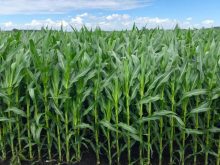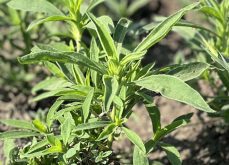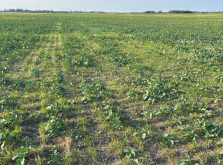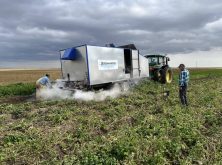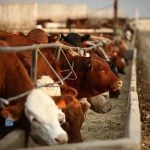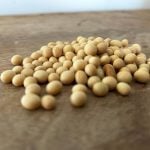The value of glyphosate to the agriculture industry, the economy and the environment is getting a bad and uninformed wrap from critics, say two long-time experts in agronomy and pesticide regulation fields who have reviewed a mountain of data compiled by the Ontario Ministry of Agriculture and Rural Affairs (OMAFRA) which shows just the opposite.
While it might be nice to live in a world where no chemical crop inputs were needed at all, various reports prepared by OMAFRA over the years show the use of glyphosate during the past 30 years — particularly with corn and soybean crops — has significantly helped to reduce the use of many other more toxic herbicides which benefits the environment, and helped to dramatically increase crop yields which benefits the agricultural economy. Along with that the Some Good News About Glyphosate report also cites Canadian and other international regulatory agencies that have determined that glyphosate does not pose any science-based measurable risk to human health.
Read Also
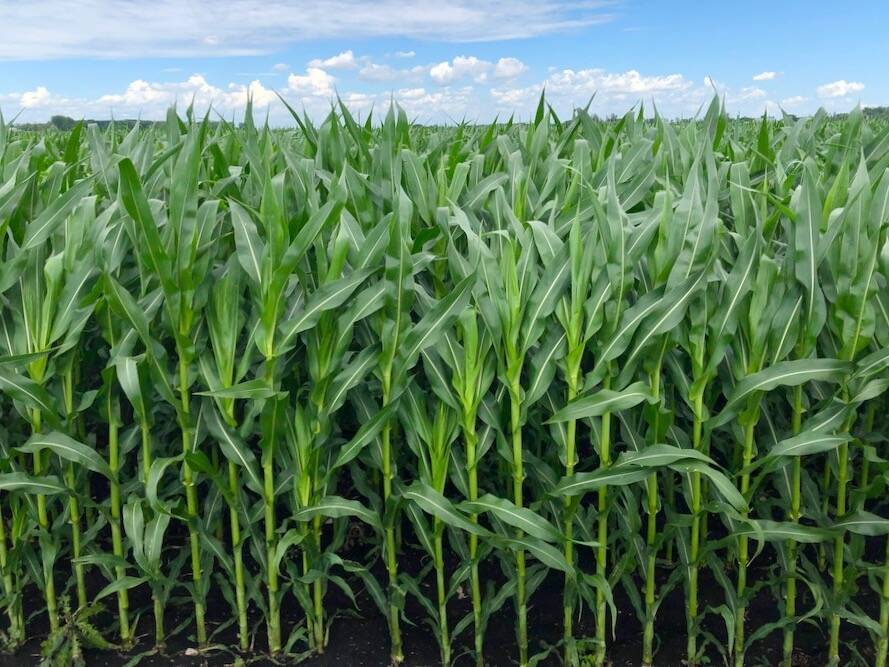
Cancer agency reclassifies another herbicide ‘probably carcinogenic’
The WHO’s cancer research agency has now put atrazine, a herbicide well known to corn growers, in the same potential-hazard category where the agency put glyphosate.
Rob Saik, founder of the successful Agri-Trend Group of Companies and Christopher Dufault, a biologist and entomologist who retired after more than 20 years with the federal Pest Management Regulatory Agency say the glyphosate experience in Ontario can very well represent the value and positive impact the Monsanto-developed herbicide has had on the agriculture industry around the world. Both Saik and Dufault, both of whom have never worked for a manufacturer of glyphosate, reviewed the OMAFRA data and prepared the seven-page Good News summary report.
The Good News report counters some widespread and growing criticism that glyphosate — used extensively in crop production around the world — has been harmful to the environment as well as human health. “Now agenda-driven groups seek to take one of agriculture’s most useful technologies, glyphosate, and end its use through well-orchestrated, alarmist misinformation campaigns,” says the report.
The Saik/Dufault report summarizes the impact glyphosate has had on the corn and soybean crop production sectors over 30 years: 1983 to 2013.
With corn for example, herbicide use declined 39 per cent, while corn acres increased by 11 per cent, and over all yields increased by 74 per cent. While glyphosate use increased dramatically over the period, looking at herbicide use as a whole, “the amount of kilograms of all active ingredients of all herbicides applied per bushel produced declined by a whopping 70 per cent.”
On the environmental front, glyphosate dramatically reduced the use of more toxic herbicides such as atrazine and metolachlor and s-metolachlor — increased crop production with fewer and lower rates of herbicide needed. Glyphosate also resulted in decreased tillage — allowed for direct and zero-till seeding practices that reduced the amount of fossil fuels needed to produced crops, which led to increased soil organic matter and carbon sequestration in the soil.
As a counter to the World Health Organization statement the “Good News” report cites recent reports from the European Chemicals Agency, U.S. Environmental Protection Agency and Canada’s PMRA which all say their findings show glyphosate is not considered carcinogenic or is “unlikely to pose a human cancer risk.”
While the report emphasizes that protecting the environment and human health is paramount, it doesn’t overlook the economic impact if glyphosate was ever to be removed the market. It notes estimates that if the world “ceased to grow genetically-modified herbicide-tolerant crops in the absence of glyphosate the annual loss of farm income would be $6.76 billion” along with substantial declines in soybean, corn and canola production.
For more information or a copy of the report contact Saik or Dufault by email at: [email protected] and [email protected].




